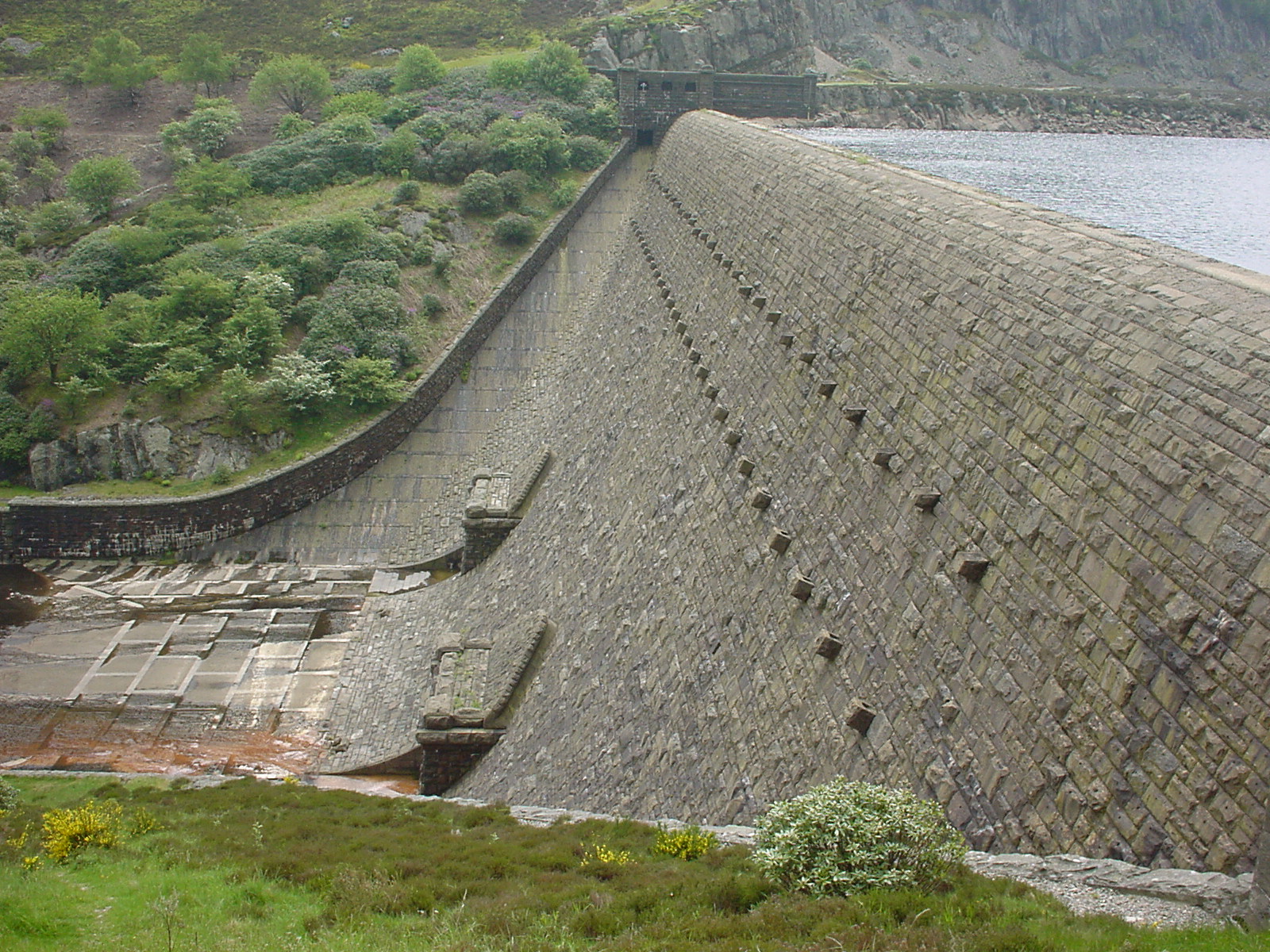
Renewable versus sustainable: the effects of hydropower production on the ecological status of rivers
In many EU countries, hydropower production is one of the main factors affecting the quality of river ecosystems. Hydropower was identified in the WFD first implementation report as one of the main drivers of hydro-morphological alterations, loss of connectivity and significant adverse effects on the survival of fish populations.
Recent data from EU Member States on the designation of heavily modified water bodies (HMWB) showed that water storage for hydropower generation is the third most common water use for designating HMWBs (following water regulation and flood protection).This threat is increasing due to EU and national policies on renewable energy production. In many countries, further hydropower generation and an increased use of hydropower as storage is considered a key component to achieve the EU renewable energy targets.
It is therefore a high priority to reduce the impact of existing hydropower plants (HPPs), to carefully evaluate the sustainability of new ones, and to better design them. Mitigation and/or compensation measures need to be thoroughly designed for each specific case.
Pressure factors and mitigation/compensation measures
Although the public perception of hydropower impacts is usually limited to interruption of longitudinal connectivity for fish fauna and reduced water flows in the bypassed stretch, the actual array of pressure factors and of impacted elements is much wider.
Two main groups of pressure factors are:
- structures built in the riverbed or in the riparian zone, such as the dams or weirs, intake and outlet structures, transmission lines, galleries and access ways.
- plant management variables, such as released flow regime, bedload and fine sediment management, or the procedures followed in case of emergency manoeuvres.
Impacts include:
- physical alteration of habitats upstream the dam (from running to standing waters, that can lead to the reduction or disappearance of rheophilic species, and the colonization by lentic ones)
- morphological alteration downstream due to lack of gravel load that is trapped in the reservoir
- direct damage to fauna during reservoir or sediment traps flushing
- water quality changes and colonisation by non-native species due to artificial connection of different watersheds
- habitat and species alteration caused by hydropeaking (strong daily oscillations of discharge due to peak production), as well as the less known impacts of thermopeaking (strong oscillations of water temperature).
Although some impacts are easier or cheaper to mitigate than others, for most of them, mitigation or at least compensation measures are possible.
A few examples:
- changes in the released flow, at different time scales, in order to reduce the alteration of the natural discharge regime; it has to be underlined that this is not limited to minimum flow conditions!
- adoption of correct protocols for the mobilisation of fine sediments accumulated in the reservoir, including appropriate timing and suspended solids concentration (with the help of real time measures), mechanical procedures, adaptation to morphology downstream and to local average conditions
- installation of screens at the inlets and of fish-friendly turbines in order to reduce mortality of fish moving downstream
- construction of fish passes, in order to restore, at least partially, the possibility for fish to migrate upstream and downstream
In terms of compensation measures, a wide range of river restoration actions may apply, depending on the specific impact and context: morphological restoration, such as river widening or diversification and/or increase of sediment input, creation of new habitats to replace those lost, reintroduction of fish fauna.